Vertical, Horizontal, or Square Video
There is a lot to unpack on this subject, and this piece should help you understand why horizontal video footage is an important part of how we help you sell your brand and when vertical videos may be more appropriate.
Vertical Video
“What if I like my video across several platforms?” “It’s not a problem; just keep the various aspect ratios in mind while filming your video.” Take into consideration the way your videos will look post-production when recording vertical or horizontal videos for YouTube and don’t forget to leave any important information off the screen.
More than three-quarters of internet video is viewed on mobile devices, and while most people prefer the full-screen, horizontal experience, there are some advantages to using vertical videos as part of a larger video marketing strategy.
Most social media platforms have different aspect ratios, which are the proportional width and height of the video. A 1:1 ratio, for example, is a perfect square, whereas a 9:16 ratio is rectangular and vertical.
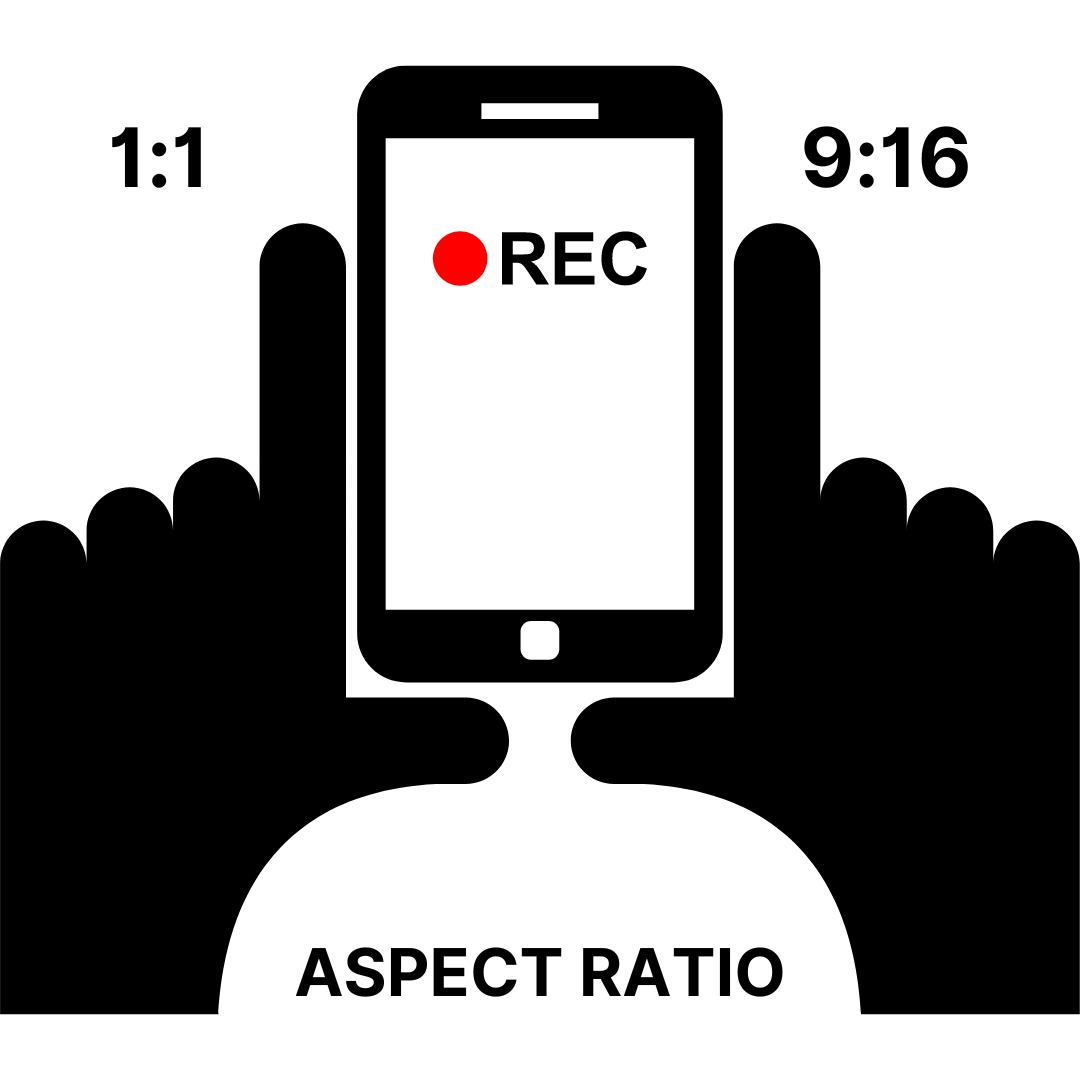
People always use their phone
Users rarely turn their phones around when video content plays unless they intend to watch it for a few minutes. If you’re making a short video, vertical orientation might be the best way to keep the viewer’s attention and ensure they see as much of your product, and the people in the video, and hear your story as possible. Horizontal clips, on the other hand, encourage people to rotate their phones and enjoy the video on as large a canvas as possible.

Opportunity to get creative
The vertical video format allows you to be more creative. While on either side of the narrow view, you lose a lot of valuable real estate, you gain a lot at the top and bottom. This is where graphics or interactive buttons on social media sites can be used to invite people to click links or take action after watching your video.

It is sometimes necessary for social media marketing.
While horizontal videos are great for social media advertising, some social media platforms, or even features within those platforms, require vertical video. Instagram is a great illustration of this.
Videos must fit the entire screen and be in a vertical format to work when using the “Stories” feature, which are short videos that disappear after a certain amount of time. This is also true for Snapchat and Facebook’s “Stories” feature.
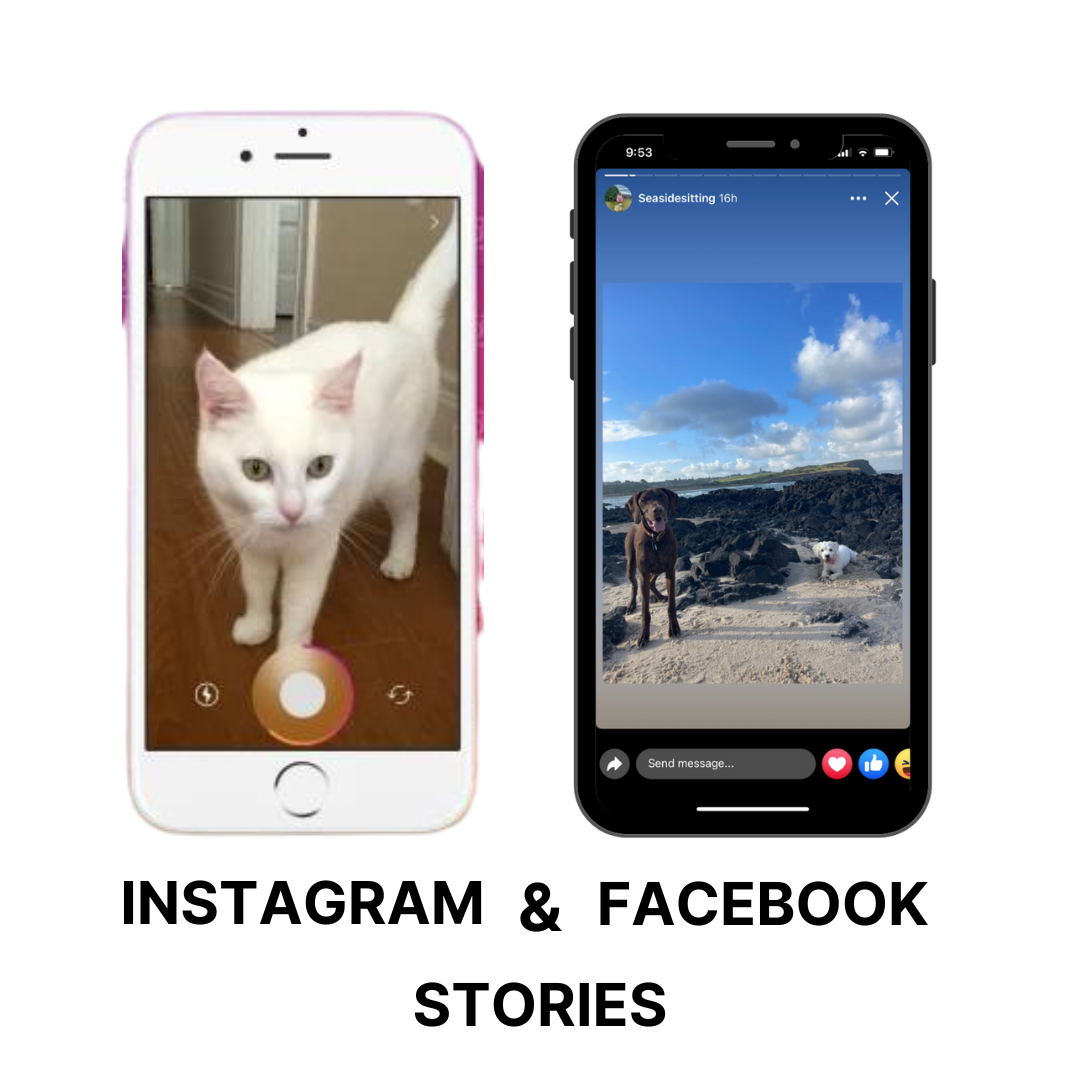
It has the potential to appeal to a younger audience.
Given that vertical video is typically used only on social media, you may want to consider vertical video when attempting to reach a younger audience. Snapchat and “Stories” are generally, but not exclusively, aimed at younger users.
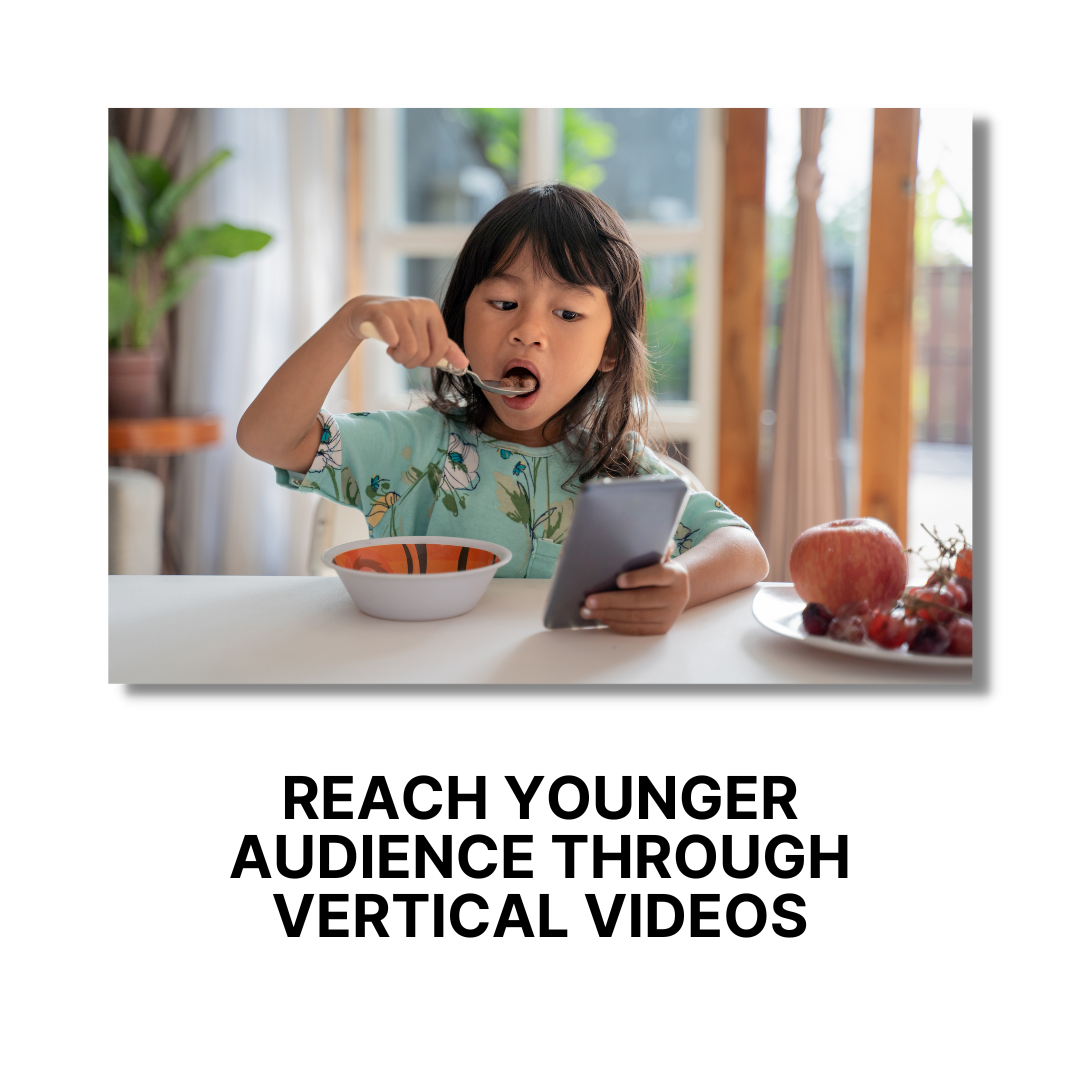
HORIZONTAL VIDEOS OR SQUARE VIDEOS
Horizontal video is currently the most popular distribution format, and it is likely to remain so for some time. Following the release of the iPhone in 2010, and as most smartphones adopted a similar, taller screen shape, vertical video gradually gained popularity.
Horizontal videos are better suited to television screens, computer monitors, tablets, and laptop screens. Vertical videos can be played, but they are accompanied by black bars on either side of the content.
Horizontal video is likely to remain the standard format until device usage changes and traditional computers, laptops, and tablets become obsolete. And, as smartphones become more advanced and have larger screens, the horizontal video may once again reign supreme in the mobile device space as more advanced and larger screens become available.

It is preferable for long-form content.
Nobody wants to watch vertical long-form content. People not only prefer to consume content on larger devices, but when they do consume content on their smartphones, it is very simple to simply flip the phone sideways and watch the video horizontally. There’s a reason the films are shot in widescreen! It gives the viewer a better view of the shot, making your video feel more immersive and natural.
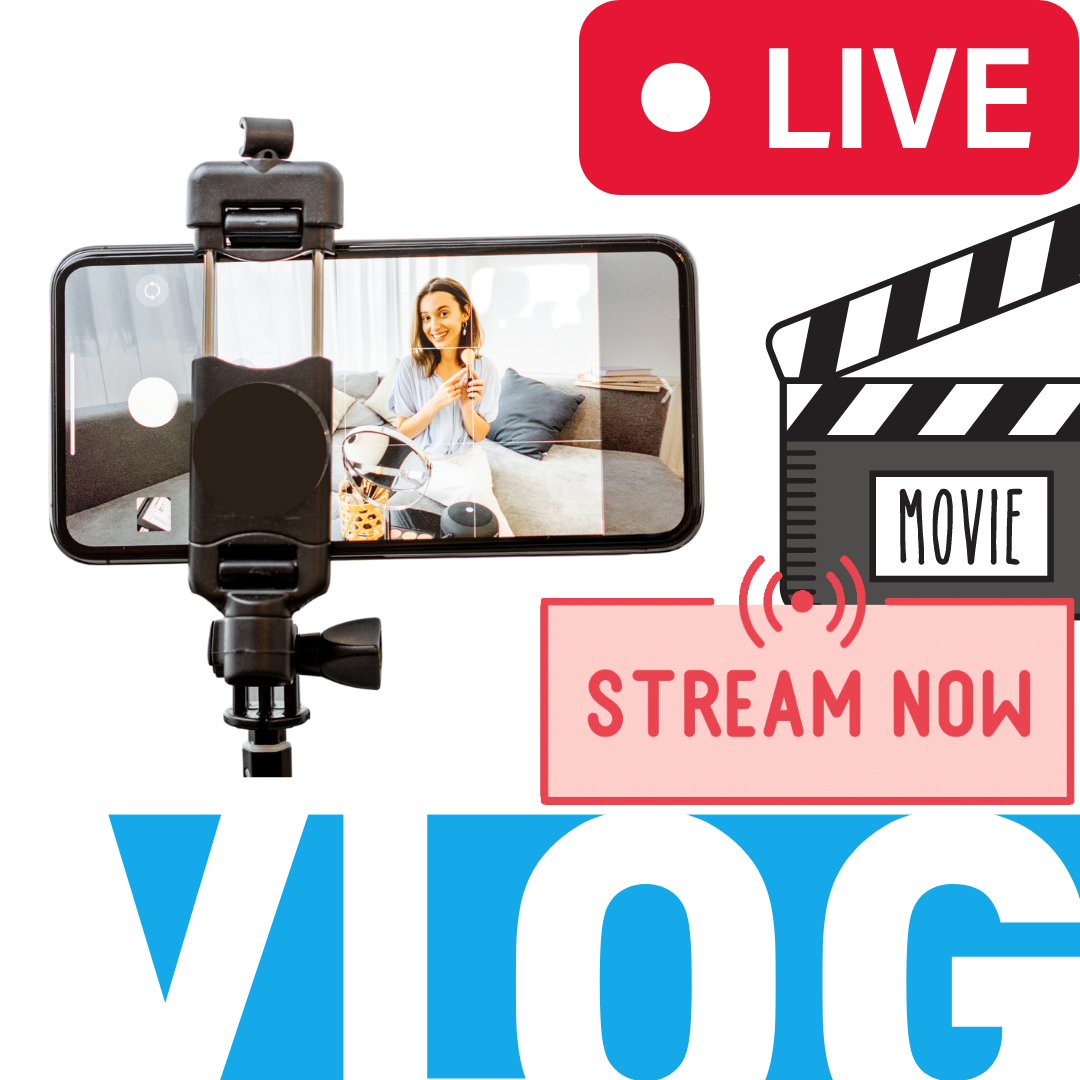
You’re Ready for the Future
As previously stated, modern devices are constantly evolving, and vertical video is unlikely to be around indefinitely. Phones are becoming larger, and new folding screens enable users to open their devices for a better widescreen experience.
Virtual reality headsets and augmented reality glasses are also making their way to the market, ensuring that your horizontal content is future-ready.

We’re Naturally Equipped for Horizontal Video
Because our eyesight is naturally horizontal, we can see more in our peripheral vision. That is why horizontal video has long been the most popular option and is preferred by the majority of viewers. When we watch a widescreen or horizontal video, we see what we see in real life, so we don’t spend the entire time wishing we could see more.
It's Free of Distractions!
Horizontal video is distraction-free because we are naturally equipped to see in a horizontal format…exactly what you need when trying to sell a vision to your customers.
Viewers can concentrate on the important message of your video, the visuals, and the audio in a well-shot horizontal video. While vertical videos are useful in some situations, they frequently leave viewers wondering what they’re missing on either side of the narrow shot. And when people watch your video content, they must focus on the message and the visuals rather than wishing they could see more.
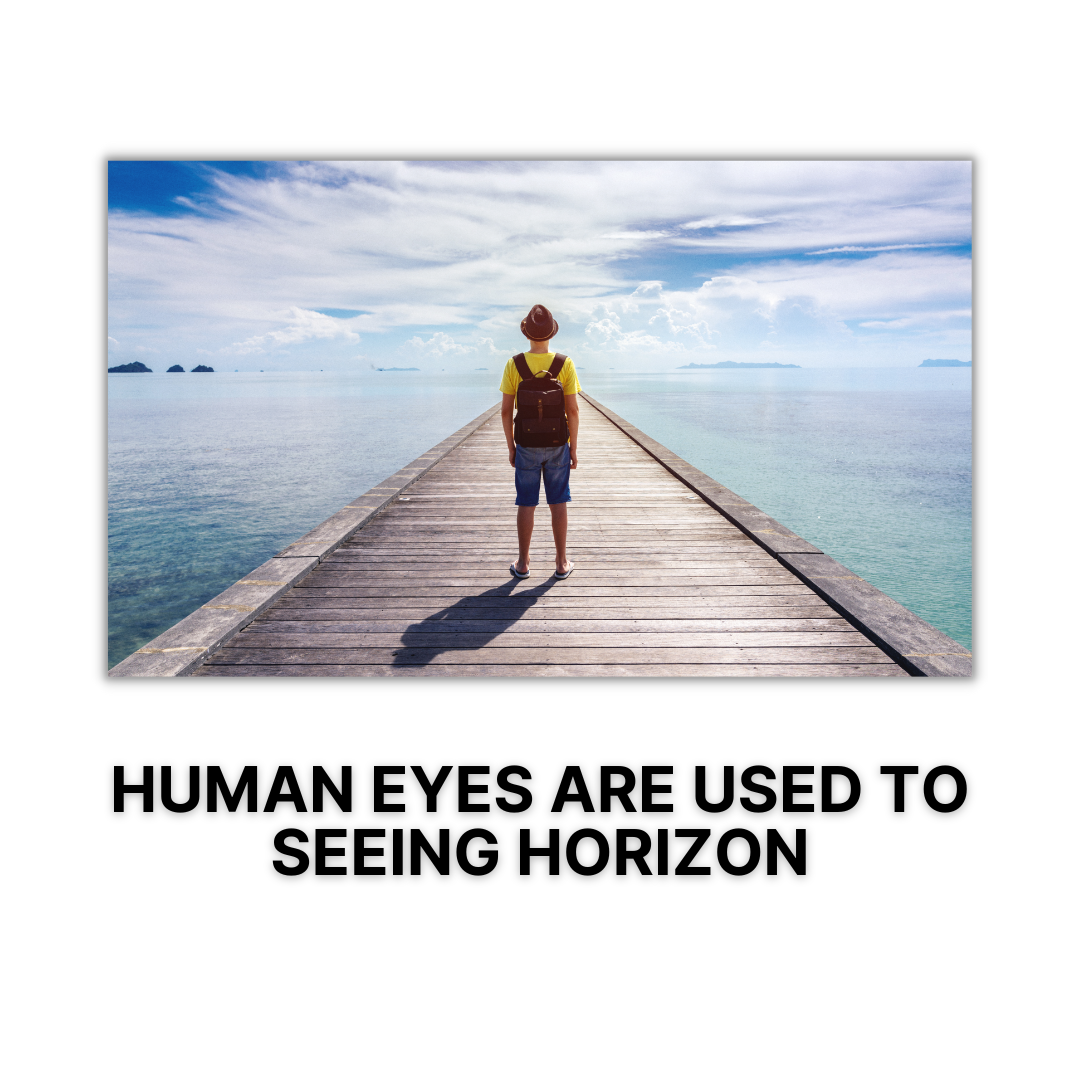
It’s Professional
Nowadays, anyone can record vertical content on their phones, but a high-resolution, broadcast-quality horizontal video makes an immediate impression. Your video content, when combined with outstanding audio and graphics, demonstrates your professionalism and dedication to your brand.
Gillespie Productions handles every aspect of filmmaking, from shooting to editing, clipping, and overlaying audio and music. Your interview and brand story videos feel like professional TV commercials, and the horizontal shot is a big part of that.
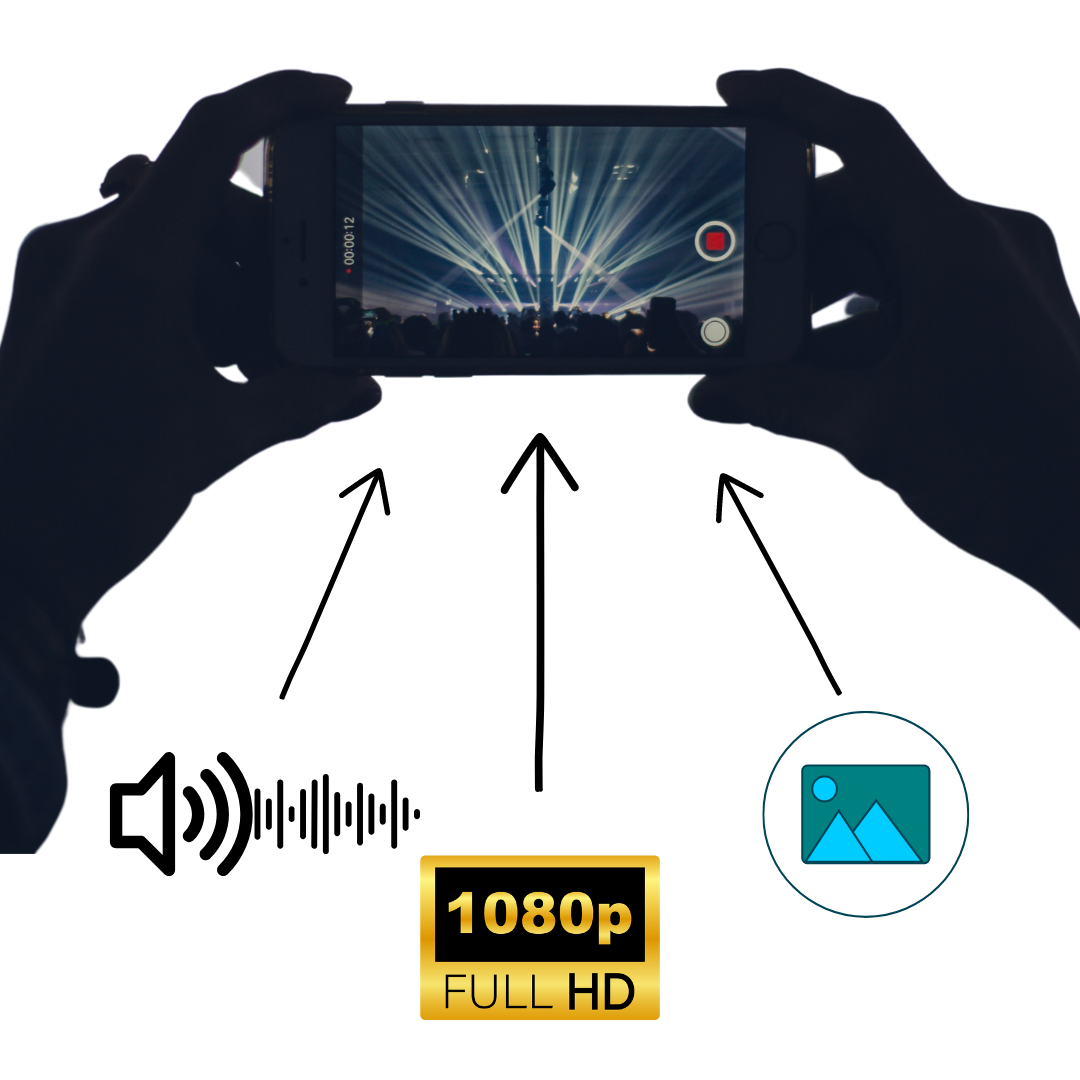
You can always crop later if necessary.
Shooting your videos horizontally allows you to get the best of both worlds. If you want to make a square or vertical video for social media, the videos can often be easily clipped and reshaped.
This is especially true for interview videos, which allow you to crop the sides of the video and focus on the subject’s face.
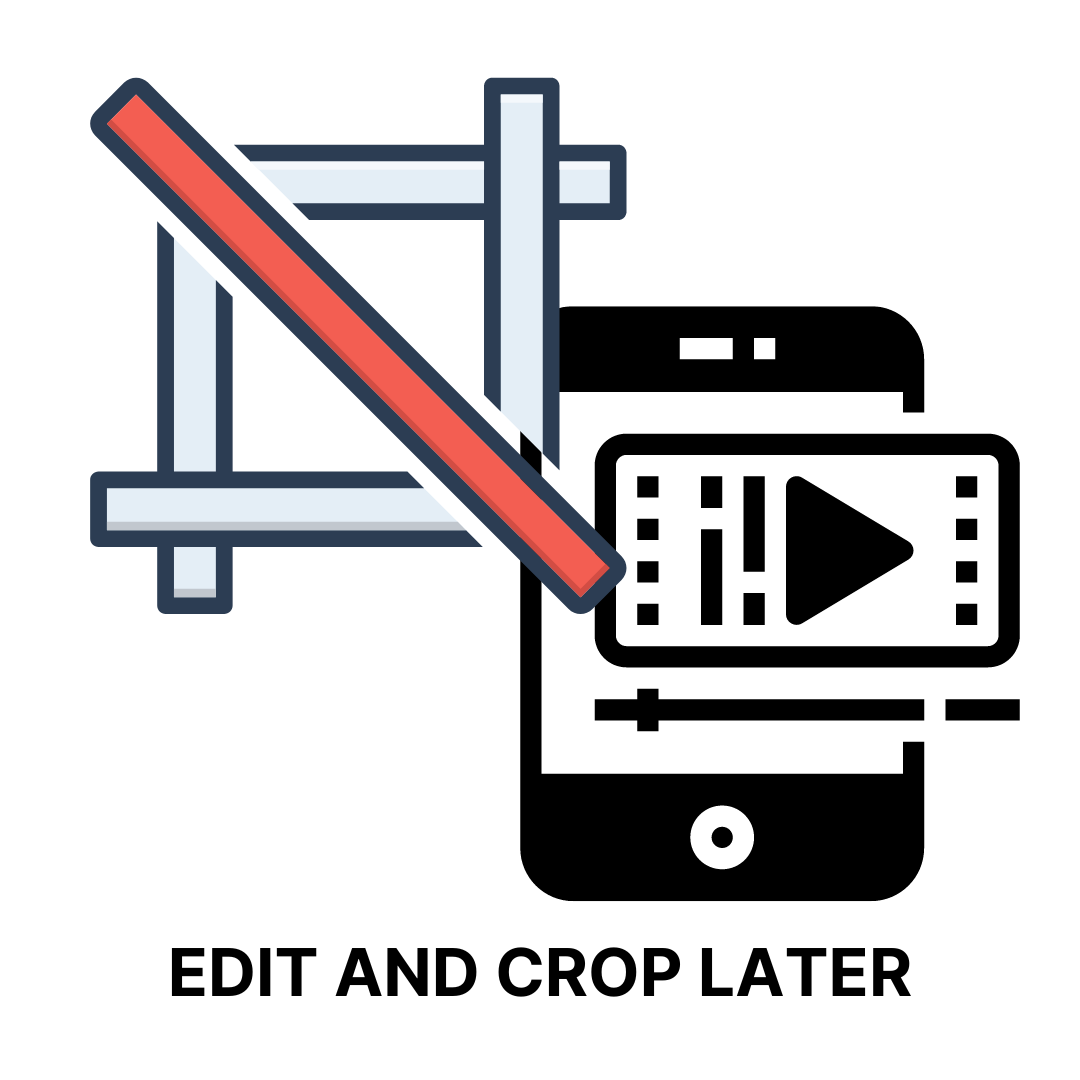
When deciding to shoot a video, it’s critical to understand your target audience and where they’ll be watching.
Keep your content vertical if it’s going on Instagram stories. Keep it horizontal if it’s going on YouTube. If your assets will be used on multiple platforms, film them with plenty of room for cropping and editing in post-production.


